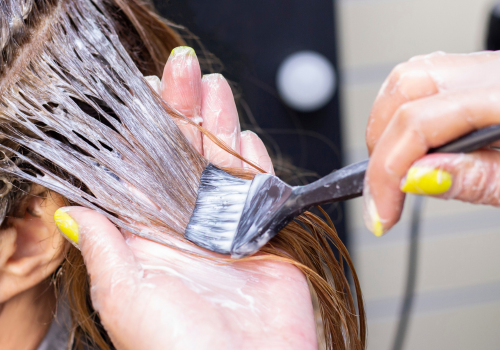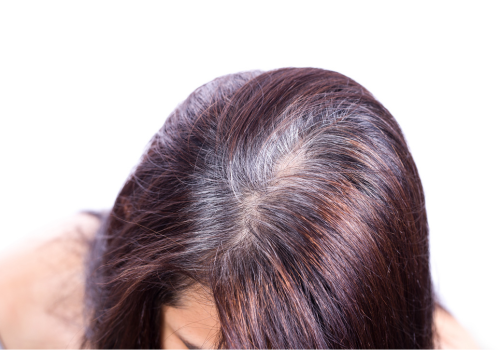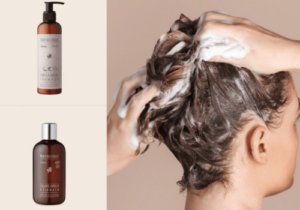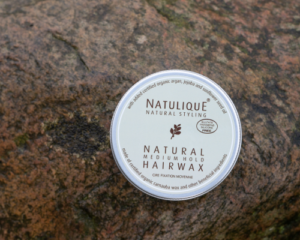Introduction
Introducing the gray hair trend
The gray hair trend has grown in popularity in recent years, not only among older people who embrace their natural silver hair, but also among young people looking to adopt a bold, modern style. Gray hair has become synonymous with sophistication, self-confidence and non-conformity with traditional beauty standards.
Whether to express an alternative aesthetic or simply to keep up with ever-changing fashion, more and more people are opting for this unique, elegant hair color.
The importance of choosing the right hair color
The choice of hair color is a personal decision that can have a significant impact on one's appearance and self-perception. By choosing the right shade, you can enhance your facial features, reflect your personality and even evoke emotional responses from others. Whether it's to camouflage the gray hairs that appear with age, to keep up with fashion trends or to stand out from the crowd, hair color plays an essential role in building identity and self-esteem.
So it's crucial to take the time to choose the shade that best suits your preferences, lifestyle and skin tone, in order to achieve a satisfying result and feel fully in tune with your image.
Techniques for coloring gray hair
A. Permanent color
Coloring process Permanent gray hair coloring involves the use of chemicals that penetrate deep into the hair cuticle to permanently change its color. Color pigments are mixed with a developer (hydrogen peroxide) to open the hair cuticles and allow the pigments to penetrate. Once the pigments are inside, they react to form new bonds that give the desired color.
Advantages and disadvantages The advantages of permanent coloring include complete coverage of gray hair and long color hold. However, it can damage hair due to the use of chemicals, and roots grow back visibly as natural gray hair reappears, requiring regular touch-ups.
B. Semi-permanent coloring
How semi-permanent hair color works Semi-permanent coloring is less aggressive than permanent coloring, as it does not contain hydrogen peroxide. Color pigments are deposited on the hair's outer cuticle without penetrating deep into the cortex. This means that color fades progressively with each wash.
Durability and refinishing The durability of semi-permanent hair color varies according to the frequency of washing and the quality of the products used. It generally lasts between 4 and 8 weeks. Touch-ups are necessary to maintain color, but are less frequent than with permanent coloring.
C. Temporary coloring
Use of temporary products : Temporary coloring is a non-permanent option for covering gray hair. It uses products such as hair chalk, color sprays or colored mascaras. These products temporarily deposit color pigments on the hair, which can be washed out during shampooing.
Duration of color in 250 words The duration of temporary color depends on factors such as product quality, hair porosity and frequency of washing. In general, temporary color lasts from a few hours to a few days, depending on the product used and application conditions. Hair chalks offer vivid color that can last until the next shampoo, while color sprays can last a little longer but may be sensitive to water. Hair mascaras offer targeted coverage of gray hair and can last up to several days, but can also be affected by humidity and rubbing. In short, temporary hair color is a practical solution for experimenting with color without long-term commitment, but it does require frequent touch-ups to maintain the desired look.


Steps for coloring hair
A. Hair preparation
- If necessary, wash hair with a mild shampoo to remove residues of hair care products. However, it's best not to shampoo your hair beforehand, so that your natural sebum protects your scalp.
- If you have washed your hair, towel-dry it until it is slightly damp.
- Apply a protective cream to the skin around the hairline to prevent color spots.
B. Color application
- Mix the stain thoroughly, following the manufacturer's instructions.
- Divide hair into sections for even application.
- Apply color to hair, starting at the roots and working towards the ends.
C. Break times
- Allow the color to set for the time recommended in the product instructions.
- Monitor pause time to avoid excessive or uneven colouring.
D. Rinsing and post-color care
- Rinse hair thoroughly with warm water until the water runs clear.
- Apply a conditioner or post-coloring treatment to restore hair moisture.
- Allow to dry naturally or use a hair dryer on low heat to avoid damage.
- Avoid washing hair for at least 48 hours to allow color to stabilize.
- Use specific hair care products for color-treated hair to prolong color durability and maintain hair health.
Conclusion
Gray hair coloring offers a multitude of options for expressing your personality and reviving your appearance. Whether permanent, semi-permanent or temporary, each technique has its advantages and disadvantages. It's essential to choose the one that best suits your needs and lifestyle.
By following the right steps, you can achieve beautiful results while preserving the health of your hair. Be sure to take good care of your hair after coloring, using suitable products and avoiding practices that could damage it.
Whatever you decide, don't be afraid to experiment and have fun with your hair color. After all, beauty lies in diversity and self-expression. Whether your choice is permanent, semi-permanent or temporary, dare to flaunt your gray hair with confidence and style!





